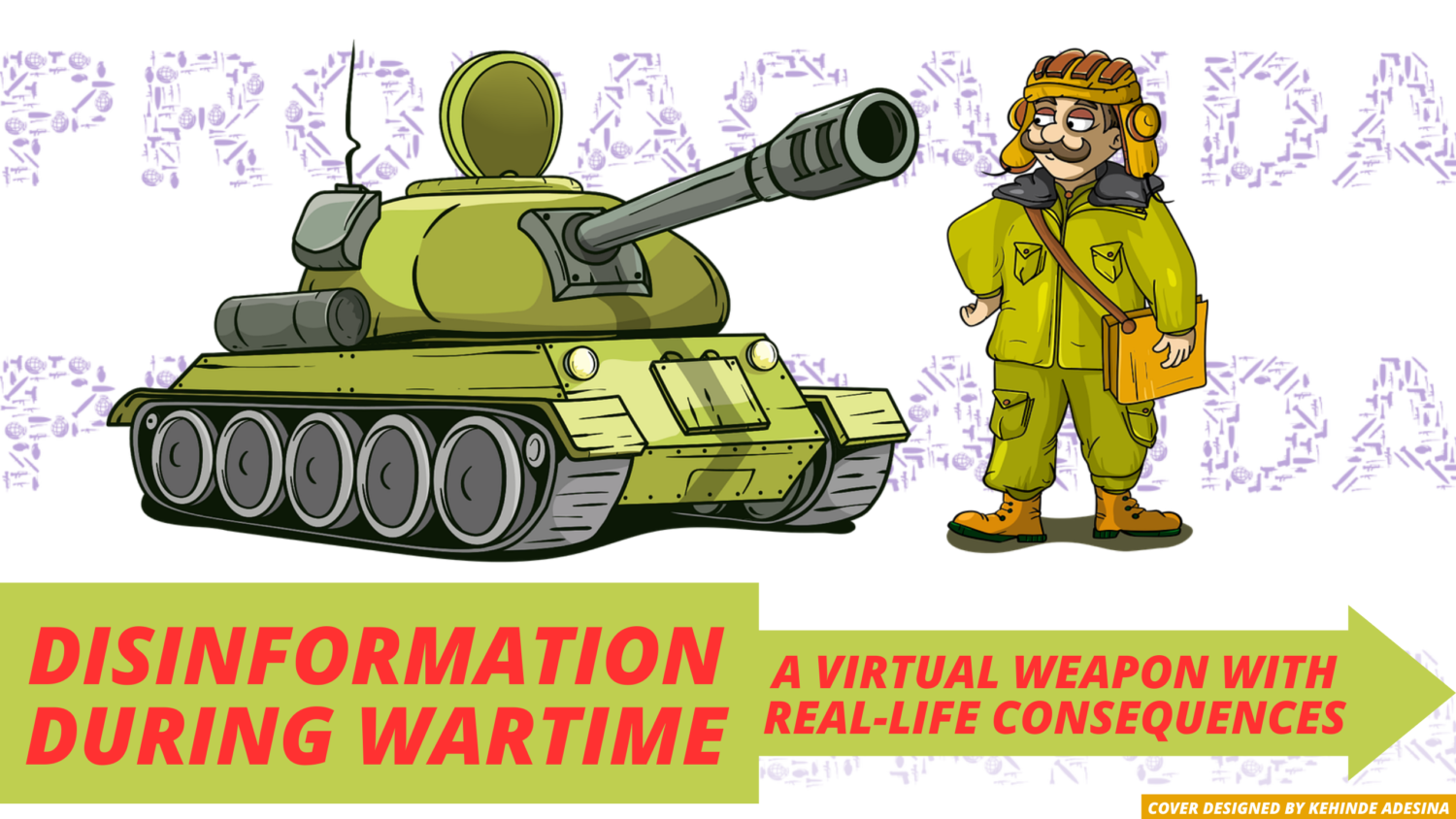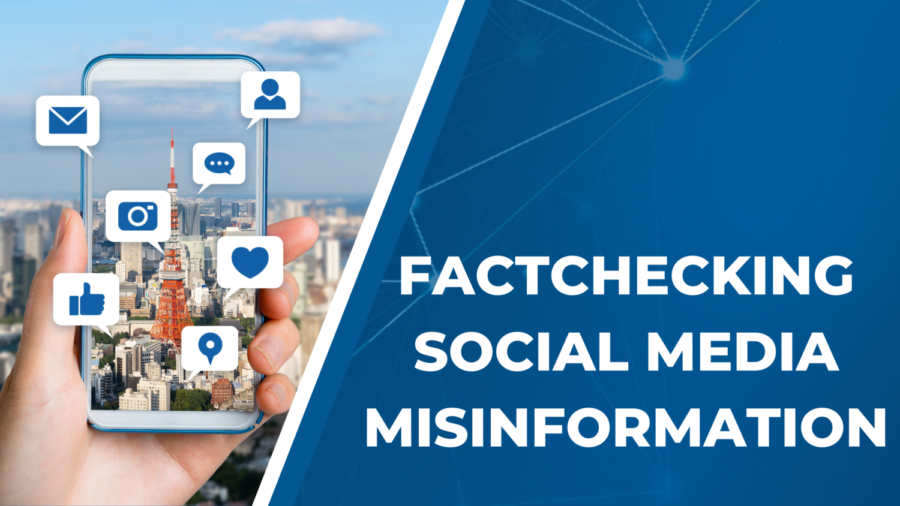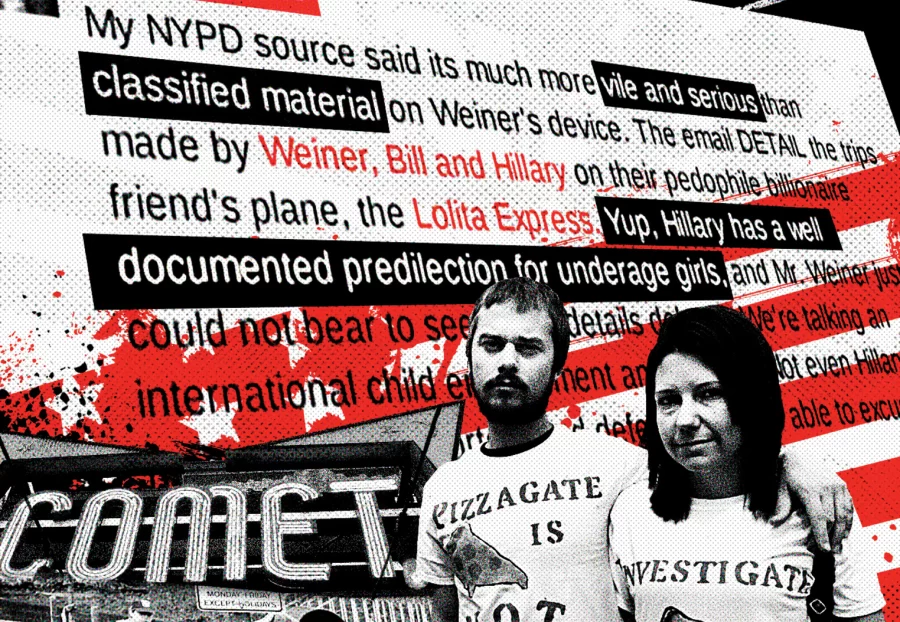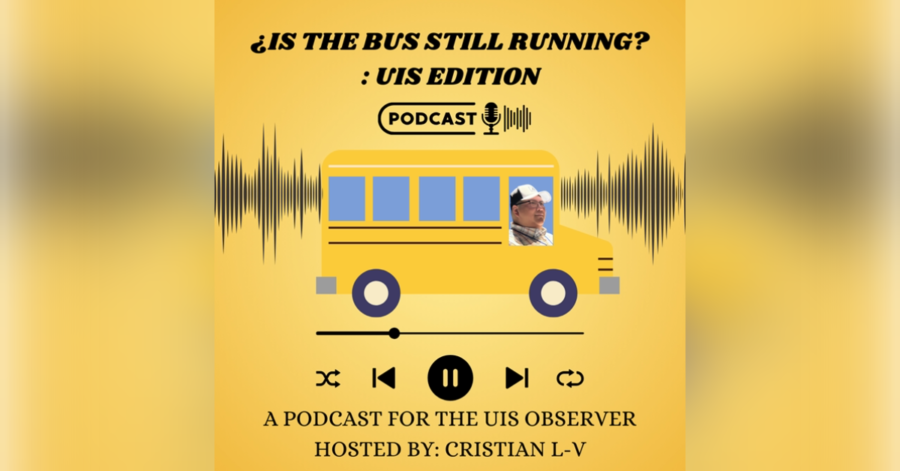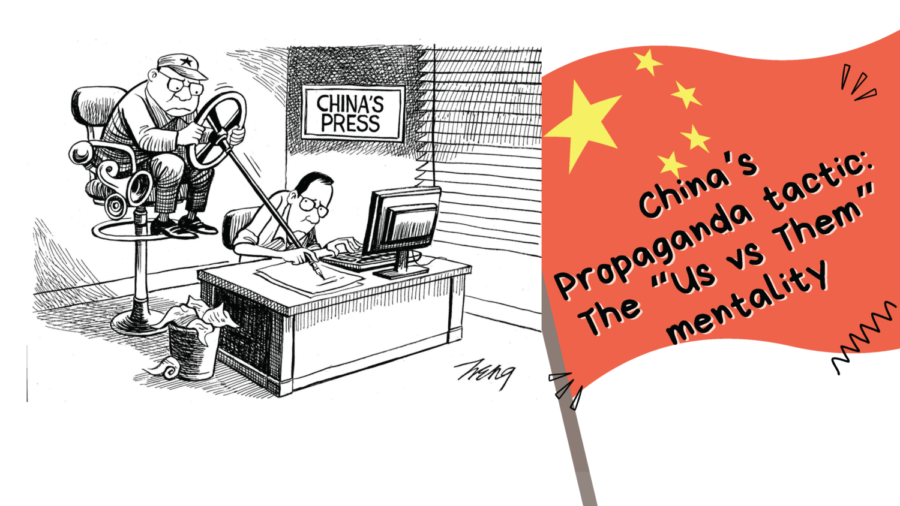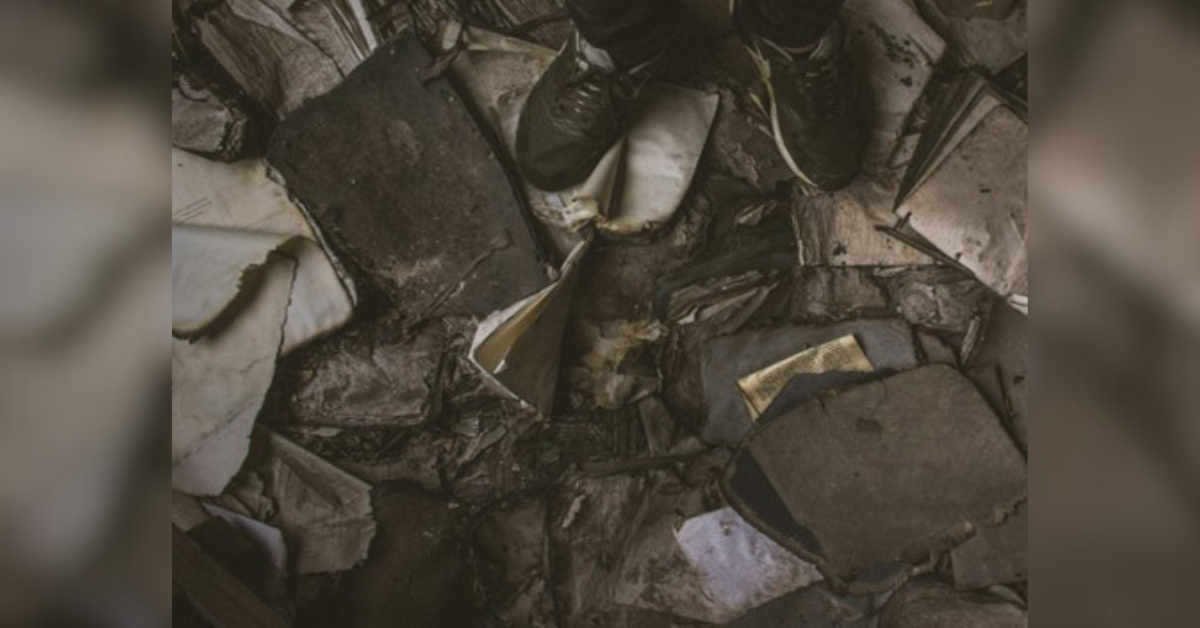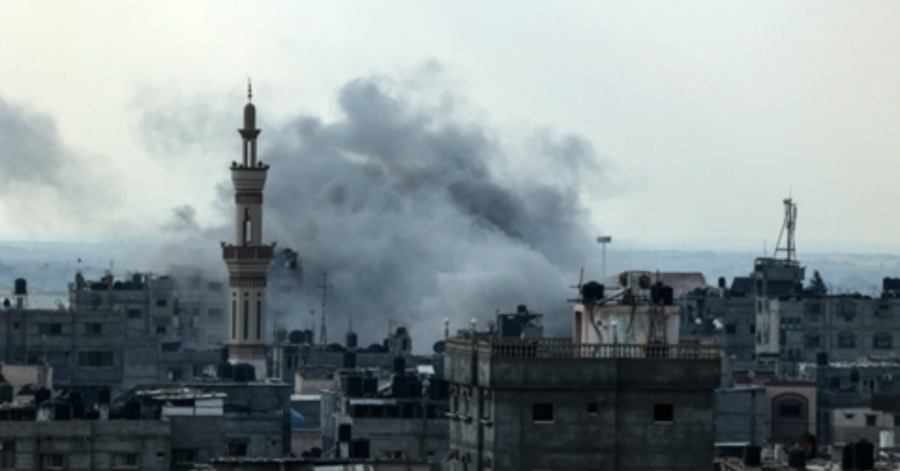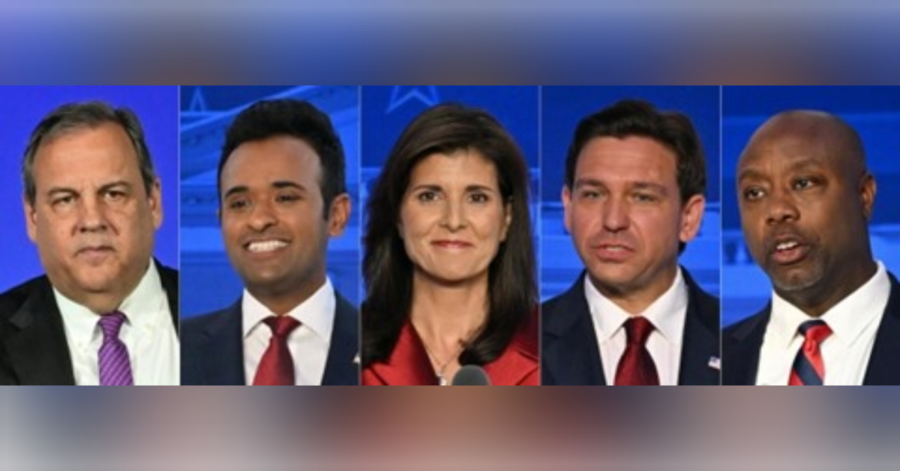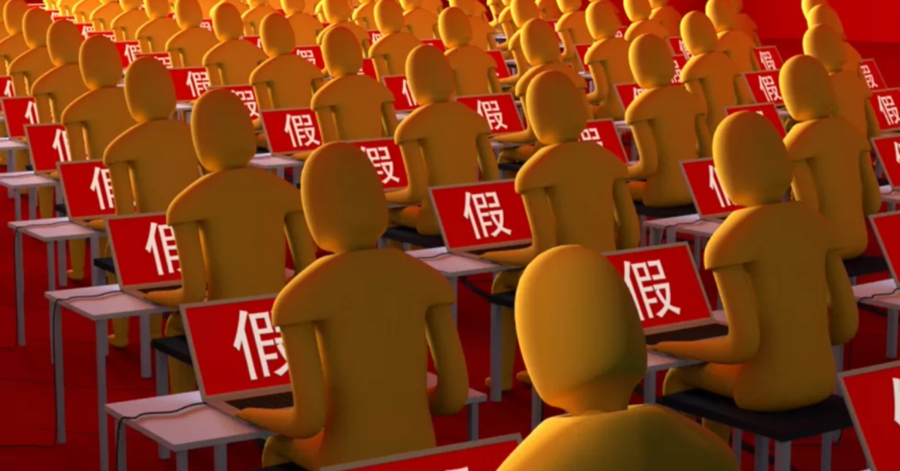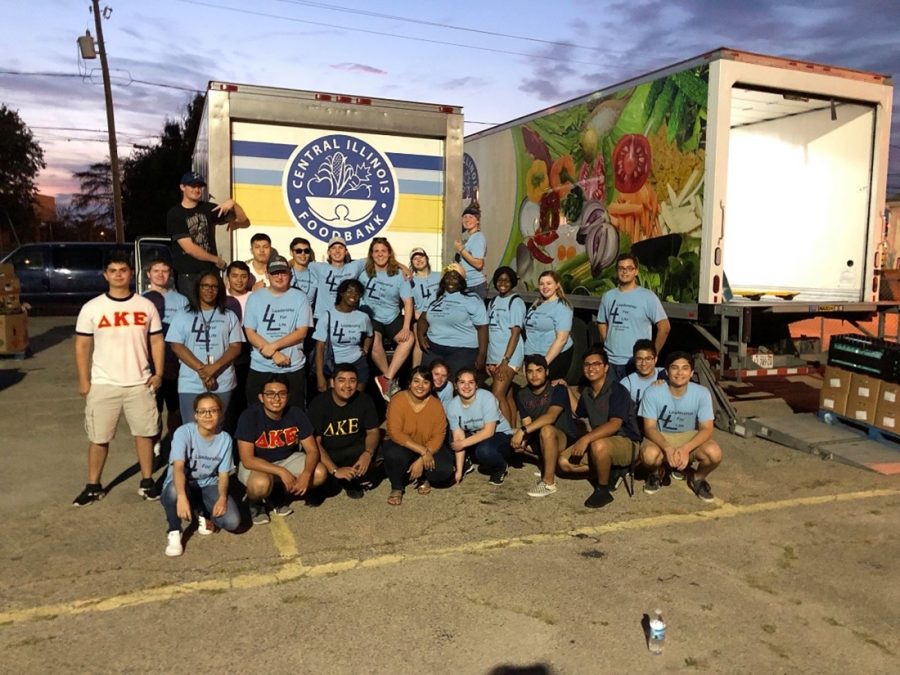“There is truth and there are lies. Lies told for power and for profit. And each of us has a duty and responsibility, as citizens, as Americans, and especially as leaders – leaders who have pledged to honor our Constitution and protect our nation — to defend the truth and to defeat the lies.” — JOSEPH R. BIDEN, JR. PRESIDENT OF THE UNITED STATES
Disinformation during wartime is a persistent and multifaceted issue that has evolved over the centuries, leaving an indelible mark on conflicts.
The use of disinformation as a wartime tool is far from a new phenomenon. It finds its roots in antiquity, with notable instances like the Battle of Actium in 31 B.C., where Octavian employed tactics to manipulate public opinion in his struggle against Mark Antony and Cleopatra. Octavian’s disinformation campaign included accusations of foreign sorcery and the fabrication of Antony’s will, demonstrating that the distortion of facts to shape narratives is as old as war itself.
In the 20th century, both World War I and II witnessed the strategic dissemination of disinformation. In World War I, propaganda was an essential tool used by various nations to manipulate perceptions and boost morale. One of the most famous examples is the fabrication of stories such as Belgian civilians cutting the throats of sleeping soldiers and gouging their eyes out.
World War II saw an escalation in disinformation efforts. The British executed Operation Fortitude, an elaborate disinformation campaign designed to deceive Nazi Germany about the location of the Allied invasion. This operation showcased the power of disinformation in shaping military strategy.
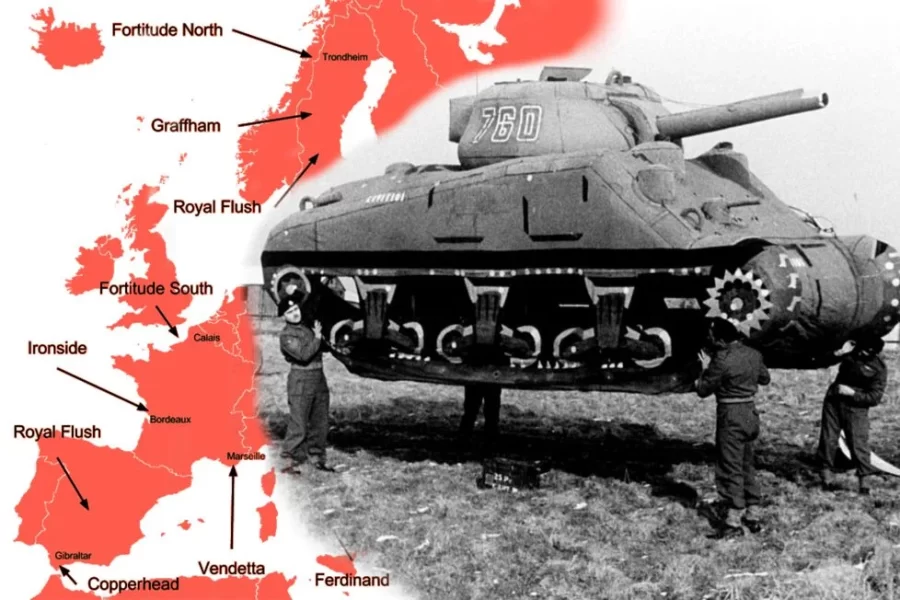
Fast forward to the modern day, the use of disinformation has not diminished; rather, it has evolved with technological advancements. The Russia-Ukraine conflict is a contemporary example where disinformation is wielded as a weapon. The Russian government has employed disinformation to influence both international and domestic perceptions, using tactics such as spreading false narratives about Ukraine’s government, fabricating events to justify its actions, and manipulating historical events.
More recently, the Israel-Hamas conflict provides another contemporary lens through which we can examine the influence of disinformation. During recent escalations, unverified or misrepresented images and videos have been used to further different narratives. The consequences extend beyond the battlefield.
For example, a video of Vladimir Putin speaking about Ukraine last year was falsely captioned this month to warn the U.S. not to intervene in the Israel-Hamas conflict. Additionally, a 2015 video of a 16-year-old girl being lynched in Guatemala has been wrongly presented online as a young Israeli woman being burned by a “Palestinian mob” amid real images of victims killed by Hamas on Oct. 7.
Furthermore, increased tensions resulting from the Israel-Hamas conflict can have significant real-world consequences. Beyond the immediate impact on the involved regions, there is a ripple effect felt globally. For instance, France increased its security alert status after a teacher’s killing was linked to events in the Middle East, showing how conflicts can lead to security concerns in other countries. In Illinois, USA, a hate crime was committed against a Palestinian American family due to their perceived connection to the ongoing Middle Eastern conflict. Moreover, there has been a 1350% rise in antisemitic incidents in London, highlighting how conflicts can exacerbate tensions and discrimination worldwide.
In today’s interconnected world, disinformation during conflicts can further amplify these consequences, emphasizing the need for vigilance and accurate information. As a news consumer, you can do these three things to combat disinformation during wartime:
- Fact-check the information you consume: Prioritize fact-checking information from various sources and be media-literate. Critical evaluation of information can help identify disinformation.
- Diversify your source of information: Diversifying the sources of the information you consume is crucial. Relying on multiple reputable news outlets and cross-referencing information can help you discern the truth.
- Support credible independent media: Supporting independent, fact-based journalism and media organizations is key. These outlets play a crucial role in providing accurate and reliable information during wartime.
In summary, disinformation during wartime remains a formidable and enduring challenge. It not only distorts the narrative but also has real-world consequences, from inciting violence to exacerbating hostilities. As a news consumer, it is crucial to approach the information you consume during these times critically and strive for a deeper understanding of the complexities of wartime narratives.
Book suggestion
Info Ops: From World War I to the Twitter Era. (2022). United States: Lynne Rienner Publishers.
Read chapter one here.
Kehinde Bolu Adesina, a graduate of the University of Illinois, Springfield, holds a Master of Arts Degree (MA) in Communication. From August 2021 to May 2023, he served as the Multimedia Editor for The Observer. Over the years, his research has been dedicated to upholding the tenets of quality journalism, fostering informed public discourse, fortifying democratic foundations, and nurturing a more knowledgeable and resilient society, with a keen focus on countering disinformation, misinformation, conspiracy theories, and post-truth narratives in the digital landscape.

